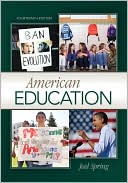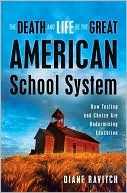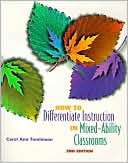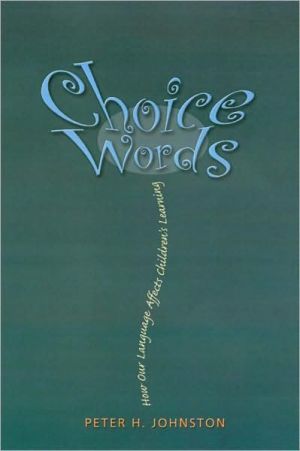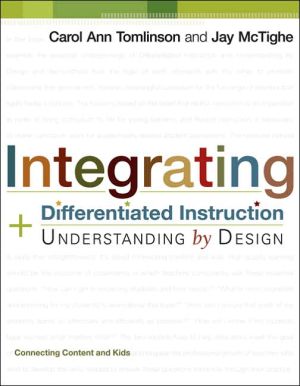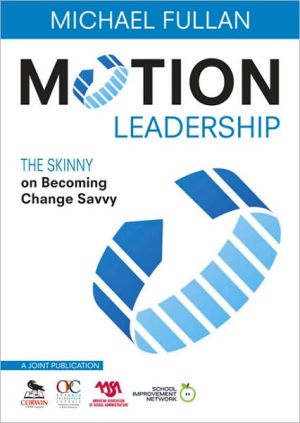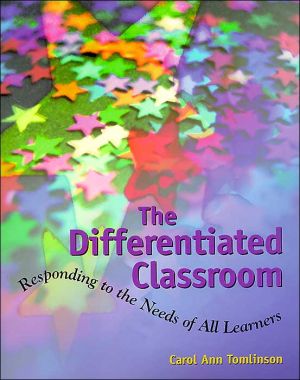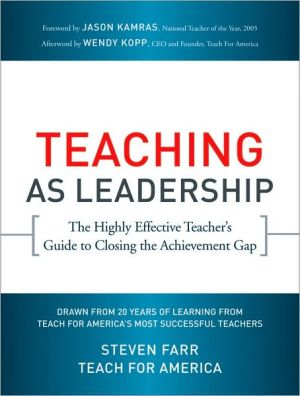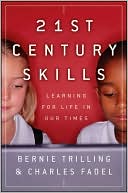American Education
Search in google:
Clear, concise, and authoritative—compact and affordable, too—with scholarship that is often cited as a primary source, American Education brings up-to-date information and challenging perspectives to teacher educators’ classrooms. Revised every two years, American Education provides a fresh, concise, and up-to-date introduction to the historical, political, social, and legal foundations of education and to the profession of teaching in the United States. This edition introduces a new chapter reference guide to the No Child Left Behind Act, provides a fresh look at multiculturalism and multilingualism, and presents a new discussion of the link between schooling and the growing gap between rich and poor.
A Guide with Chapter References to Discussions of no Child Left Behind Act of 2001 xiiiPreface xvPart 1 School and Society1 The History and Goals of Public Schooling 3Historical Goals of Schooling 5The Political Goals of Schooling 6The Social Goals of Schooling 12The Economic Goals of Schooling 19Human Capital and the Role of Business in American Education 25Conclusion 25Suggested Readings and Works Cited in Chapter 262 Education and Equality of Opportunity 30The Relationship Between Schools and Equality of Opportunity 31School Models for Equality of Opportunity 32The Common-School Model 32The Sorting-Machine Model 34The High-Stakes Testing Model 36Education and Income 38The Bias of Labor Market Conditions on Educational Attainment, Income, and Gender 39White Privilege: Race, Educational Attainment, and Income 41The Asian Advantage: Race, Household Income, and Education 42Social and Cultural Capital: Child-Rearing and Equality of Opportunity 44Social and Cultural Capital: Preschool and Equality of Opportunity 47Schooling: Why Are the Rich Getting Richer and the Poor Getting Poorer? 50Rich and Poor School Districts 52Social Class and At-Risk Students 54Poverty Among School-Aged Children 55The End of the American Dream: School Dropouts 56Tracking and Ability Grouping 56Social Reproduction 57Conclusion 59Suggested Readings and Works Cited in Chapter 593 Equality of Educational Opportunity: Race, Gender, and Special Needs 61How Courts and the U.S. Census Bureau Have Defined Race 61Equality of Educational Opportunity: Race, Courts, and Legislation 64SchoolSegregation Today 66Second-Generation Segregation 69The Struggle for Equal Education for Women 70Students with Disabilities 72Public Law 94-142: Education for All Handicapped Children Act 73Writing an IEP 73Which Children Have Disabilities? 74Inclusion 75Inclusion and No Child Left Behind 77An Inclusion Success Story 78The Inclusion Debate 78Commission on Excellence in Special Education 81Conclusion 82Suggested Readings and Works Cited in Chapter 824 Student Diversity 86Global Migration and the Immigration Act of 1965 86Mexican American Students and U.S. Schools 88Asian American Students and U.S. Schools 93Native American Students and U.S. Schools 97Foreign-Born Population of the United States 102The Changing Population of U.S. Schools 103Educational Experiences of Immigrants to the United States 105Languages of School-Age Children 107Are U.S. Teachers Prepared for Language Diversity? 109Immigration and the Social Construction of Racial Identity 110Conclusion 115Suggested Readings and Works Cited in Chapter 1155 Multicultural and Multilingual Education 118Cultural Differences in Knowing and Seeing the World 118Biculturalism: Collectivist and Individualist Societies 120The Difference Between Dominant, Dominated, and Immigrant Cultures 122Dominated Cultures: John Ogbu 123Empowerment Through Multicultural Education: James Banks, Sonia Nieto, and Critical Pedagogy 125Empowerment Through Multicultural Education: Racism 127Teaching About Racism 129Empowerment Through Multicultural Education: Sexism 130Educating for Economic Power: Lisa Delpit 135Ethnocentric Education 136Bilingual Education and English-Language Acquisition: No Child Left Behind 138English Language Acquisition Act of 2001 141Globalization: Language and Cultural Rights 142Conclusion 144Suggested Readings and Works Cited in Chapter 145Part 2 Power and Control in American Education6 Local Control, Choice, Charter Schools, and Home Schooling 151The Education Chair 152School Boards 152School Choice 153National Public School Choice Plan: No Child Left Behind Act of 2001 158Charter Schools 159Are Charter Schools Failing? 162For-Profit Companies and Charters 165Charter Schools and For-Profit Global Education Corporations 167Home Schooling 170Conclusion 172Suggested Readings and Works Cited in Chapter 1727 Power and Control at State and National Levels: Political Party Platforms, High-Stakes Testing, and School Violence 177Source of Federal Influence over Local School Policies 177No Child Left Behind as Categorical Federal Aid 178Increasing State Involvement in Schools 179Federal and State Control Through High-Stakes Tests and Academic Standards 180Consequences of Federal and State Control Through High-Stakes Testing 181Federal and State Mandated Tests and Equality of Opportunity 183Problems in Federal Control: Testing Students with Disabilities and English-Language Learners 184Does Federally Mandated High-Stakes Testing Work? 186Does Federal Testing Policy Promote Unethical Behavior 187The Federal Government Decides the Reading War: No Child Left Behind 189A Case Study: Student Violence and Federal Action 191What Should Be the Federal Role in Education? Republican and Democratic Platforms 2008 193Conclusion 195Suggested Readings and Works Cited in Chapter 1968 The Profession of Teaching 200The Changing Roles of American Teachers 200No Child Left Behind: Highly Qualified Teachers 203The Rewards of Teaching 204Working Conditions 206Teacher Turnover 209Teachers' Unions and Teacher Politics 210Differences Between the Two Unions 211A Brief History of the National Education Association (NEA) 212A Brief History of the American Federation of Teachers (AFT) 216Should Teachers Strike? 219Conclusion 220Suggested Readings and Works Cited in Chapter 2209 Textbooks, Curriculum, E-Learning, Cyber Bullying, and Global Models of Curriculum and Instruction 224Censorship Issues 224Textbooks 229Curricular Standards and the Political Nature of Knowledge 232Censorship of the Internet and E-Learning 235Cyber Bullying 237Conflicting Curriculum Goals 239The Global Models of Curriculum and Instruction 242Conclusion 244Suggested Readings and Works Cited in Chapter 24510 The Courts and the Schools 249Drug Testing of Students 250Students' Free Speech Rights 252Gays, Boy Scouts, and the No Child Left Behind Act of 2001 254Sexual Harassment and Discrimination 255Students' Access to Books 255Student Suspensions 256Do School Authorities Have the Right to Paddle Children? 258Compulsion and Religion 259Vouchers and Religious Schools 260Child-Benefit Theory 261Can States Regulate Private Schools? 262Religion and State School Requirements 263School Prayer, Bible Reading, and Meditation 266Student Prayers 267School Prayer and the No Child Left Behind Act of 2001 269Secular Humanism and the Religion of Public Schools 269Evolution and Creationism 271Parents' Rights 272Teachers' Rights 273Teachers' Liability 278Teachers' Private Lives 279The Language of the Schools 280School Finances 282Conclusion 283Suggested Readings and Works Cited in Chapter 284Credits 287Index 289
